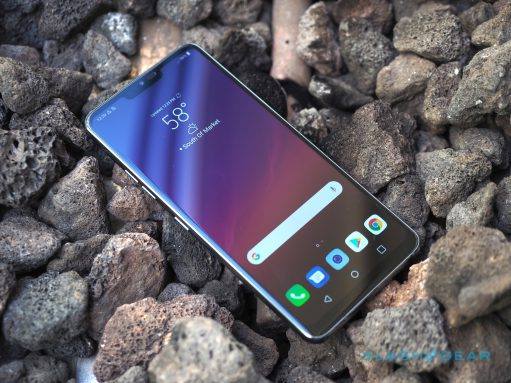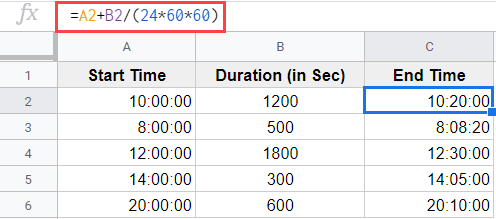In the last part of our custom recovery backup series, I want to show you exactly how to delete your Nandroid backup from the Nexus 6P.
Creating and restoring a Nandroid backup is fairly straight forward. Two of the big buttons on the TWPR main menu say Backup and Restore, so it’s fairly easy to figure out which section you’ll need to go into in order to start one of those tasks. Incidentally, there isn’t a big button that says Delete, so it’s not as straight forward and one would think.
When restoring a Nandroid backup, up might have noticed a delete button, but for most people, it seems counter-intuitive to have this function there(at least for beginners).
So I try my best to get you into the habit of creating backups on a regular basis because they really can save you a lot of time and frustration when it comes to testing and trying out various mods for Android. Not everyone has the same applications and same setup as you do and you can’t expect a community developer(especially one who releases their stuff for free) to go through and test every single possible variable for every single user out there. Even professional developers like Google don’t do this because it’s virtually impossible.
However, if you start creating backups without deleting them then you’ll quickly run out of storage space on your Nexus 6P. Even if you opted for the 128GB variant, you might only have room for 2-3 backups. The number of backups you can have will depend entirely on how much internal storage you have along with how many apps, songs, TV shows, movies, etc that you have on your Nexus 6P. So let’s talk about the steps required in order to delete a previously created Nandroid backup.
Nexus 6P Delete Nandroid Backup
- Boot the Nexus 6P into Fastboot Mode
- Boot the Nexus 6P into Recovery Mode
- At the TWRP Main Menu, Tap on the ‘Restore’ Button
- Tap on the Nandroid Backup You Want to Delete
- Look for and Tap on the ‘Delete Backup’ Button
- Swipe the White Arrows at the Bottom to the Right to Confirm
- Wait for the Backup to be Deleted
- Tap on the Home Button in the Navigation Bar
- Tap the Reboot Button Toward the Bottom
- Then Tap on the ‘System’ Button
- If Prompted, Tell TWRP to Not Install SuperSU
Explanation
In order to delete a Nandroid backup, we must first boot into our TWRP custom recovery. Technically you could do all of this from a file explorer with root access, but this is how I’ve always done it so it is what I recommend as well. To boot into your custom recovery you’ll first need to boot the Nexus 6P into Fastboot Mode and then you can boot over into Recovery Mode. From here, you’ll be at the TWRP main menu and you’ll need to tap on the Restore button even though we aren’t going to restore from a backup.
Tapping on the Restore button will show you a list of all the Nandroid backups that you have on file. If you followed my suggestions when I talked about creating a Nandroid backup, then you’ll most likely have custom names to help you figure out which backups are which. I always delete my oldest Nandroid backup before creating a new one and I can figure this out by the appended date I have TWRP set on my backups. So just tap on the backup you want to remove from the Nexus 6P and then look for a Delete Backup button on the screen.
After tapping on this button, you’ll be asked if you really want to do this and if you do, simply swipe the white arrows that you see at the bottom of the screen. It shouldn’t take much time at all before this process is finished and then you can tap on the Home button in the navigation bar. This will take you back to the TWRP main menu and if you look at the bottom then you should see a Reboot button here. Tap this Reboot button and then tap the System button and your Nexus 6P will reboot back into the regular Android OS and take you directly to the lock screen.




